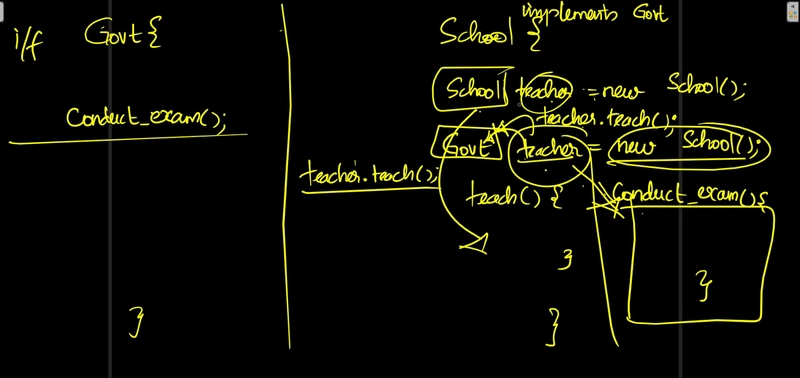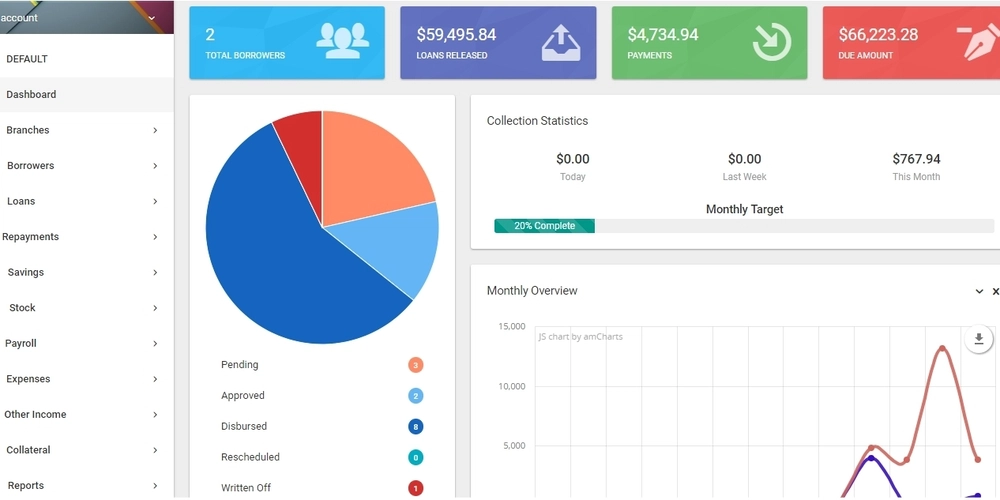From Manual Chaos to Digital Clarity: Building a Custom Job Tracking System for a Concrete Contracting Business
When I first started working with Concretes Richmond VA, they were operating like many local construction companies do—through phone calls, texts, Excel sheets, and a whiteboard in the back office. It worked… until it didn’t. Jobs were getting lost in the shuffle, follow-ups missed, and material orders delayed. That's when I proposed building a custom software solution tailored to how their team actually worked. Understanding the Problem Before writing a single line of code, I sat down with the team—project managers, foremen, office staff—to understand the flow. What happens when a lead comes in? How are jobs scheduled? How do material orders get placed? How does someone know which job is active today? I realized the issue wasn’t lack of tools—it was disconnected tools. Google Calendar here, notes app there, invoices emailed from Word… and no central system. Planning the Stack Given the limited tech experience of the team and the need for mobile access on job sites, I went with: Frontend: React (responsive UI) Backend: Node.js with Express Database: MongoDB for flexibility in job data Authentication: Firebase (easy SMS login for field crew) Deployment: Vercel for the front, Render for the backend API Core Features I Built Job Dashboard: At-a-glance view of all upcoming, active, and completed jobs. Task Checklist: Custom checklists per job—crew can mark them on-site. Material Orders: One-click request system that logs who requested what, and when. Client Notes & Photos: Attach site photos, client notes, and inspection logs to each job. Auto Notifications: Email/SMS to clients for schedule confirmations and job status updates. Dev Challenges Building offline-first features was tricky for crew members in remote job sites with spotty Wi-Fi. Designing a UI that felt comfortable for non-tech-savvy users took multiple iterations. Syncing real-time updates between devices without overwhelming the backend took some optimization. What I Learned UX beats features when you're building for real-world teams. Talking to users early saves weeks of dev work. Incremental deployment helped me collect feedback without causing chaos. Real-World Impact Before the system, the average time from client inquiry to job assignment was 3–4 days. Now it’s under 24 hours. Material orders used to get misplaced or delayed—now they're tracked and confirmed in the system. Most importantly, the crew on-site feels like they’re finally in sync with the office.

When I first started working with Concretes Richmond VA, they were operating like many local construction companies do—through phone calls, texts, Excel sheets, and a whiteboard in the back office. It worked… until it didn’t. Jobs were getting lost in the shuffle, follow-ups missed, and material orders delayed. That's when I proposed building a custom software solution tailored to how their team actually worked.
Understanding the Problem
Before writing a single line of code, I sat down with the team—project managers, foremen, office staff—to understand the flow. What happens when a lead comes in? How are jobs scheduled? How do material orders get placed? How does someone know which job is active today?
I realized the issue wasn’t lack of tools—it was disconnected tools. Google Calendar here, notes app there, invoices emailed from Word… and no central system.
Planning the Stack
Given the limited tech experience of the team and the need for mobile access on job sites, I went with:
Frontend: React (responsive UI)
Backend: Node.js with Express
Database: MongoDB for flexibility in job data
Authentication: Firebase (easy SMS login for field crew)
Deployment: Vercel for the front, Render for the backend API
Core Features I Built
Job Dashboard: At-a-glance view of all upcoming, active, and completed jobs.
Task Checklist: Custom checklists per job—crew can mark them on-site.
Material Orders: One-click request system that logs who requested what, and when.
Client Notes & Photos: Attach site photos, client notes, and inspection logs to each job.
Auto Notifications: Email/SMS to clients for schedule confirmations and job status updates.
Dev Challenges
Building offline-first features was tricky for crew members in remote job sites with spotty Wi-Fi.
Designing a UI that felt comfortable for non-tech-savvy users took multiple iterations.
Syncing real-time updates between devices without overwhelming the backend took some optimization.
What I Learned
UX beats features when you're building for real-world teams.
Talking to users early saves weeks of dev work.
Incremental deployment helped me collect feedback without causing chaos.
Real-World Impact
Before the system, the average time from client inquiry to job assignment was 3–4 days. Now it’s under 24 hours.
Material orders used to get misplaced or delayed—now they're tracked and confirmed in the system.
Most importantly, the crew on-site feels like they’re finally in sync with the office.









































































































































































![[The AI Show Episode 144]: ChatGPT’s New Memory, Shopify CEO’s Leaked “AI First” Memo, Google Cloud Next Releases, o3 and o4-mini Coming Soon & Llama 4’s Rocky Launch](https://www.marketingaiinstitute.com/hubfs/ep%20144%20cover.png)




























































































































![[DEALS] The All-in-One Microsoft Office Pro 2019 for Windows: Lifetime License + Windows 11 Pro Bundle (89% off) & Other Deals Up To 98% Off](https://www.javacodegeeks.com/wp-content/uploads/2012/12/jcg-logo.jpg)



























![Is this too much for a modular monolith system? [closed]](https://i.sstatic.net/pYL1nsfg.png)






















































































































_Andreas_Prott_Alamy.jpg?width=1280&auto=webp&quality=80&disable=upscale#)
































































































![What features do you get with Gemini Advanced? [April 2025]](https://i0.wp.com/9to5google.com/wp-content/uploads/sites/4/2024/02/gemini-advanced-cover.jpg?resize=1200%2C628&quality=82&strip=all&ssl=1)













![Apple Shares Official Trailer for 'Long Way Home' Starring Ewan McGregor and Charley Boorman [Video]](https://www.iclarified.com/images/news/97069/97069/97069-640.jpg)
![Apple Watch Series 10 Back On Sale for $299! [Lowest Price Ever]](https://www.iclarified.com/images/news/96657/96657/96657-640.jpg)
![EU Postpones Apple App Store Fines Amid Tariff Negotiations [Report]](https://www.iclarified.com/images/news/97068/97068/97068-640.jpg)
![Apple Slips to Fifth in China's Smartphone Market with 9% Decline [Report]](https://www.iclarified.com/images/news/97065/97065/97065-640.jpg)




































































































































![[Part 1] How to install npm packages programmatically?](https://media2.dev.to/dynamic/image/width=800%2Cheight=%2Cfit=scale-down%2Cgravity=auto%2Cformat=auto/https%3A%2F%2Fdev-to-uploads.s3.amazonaws.com%2Fuploads%2Farticles%2Frqubuork1crf6qo243l0.png)